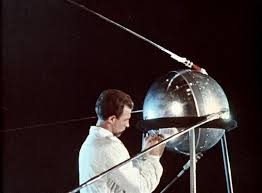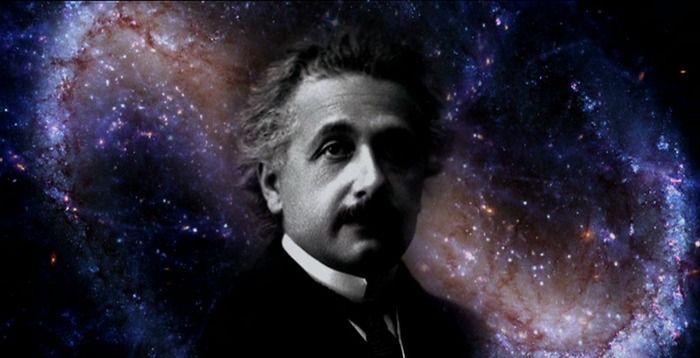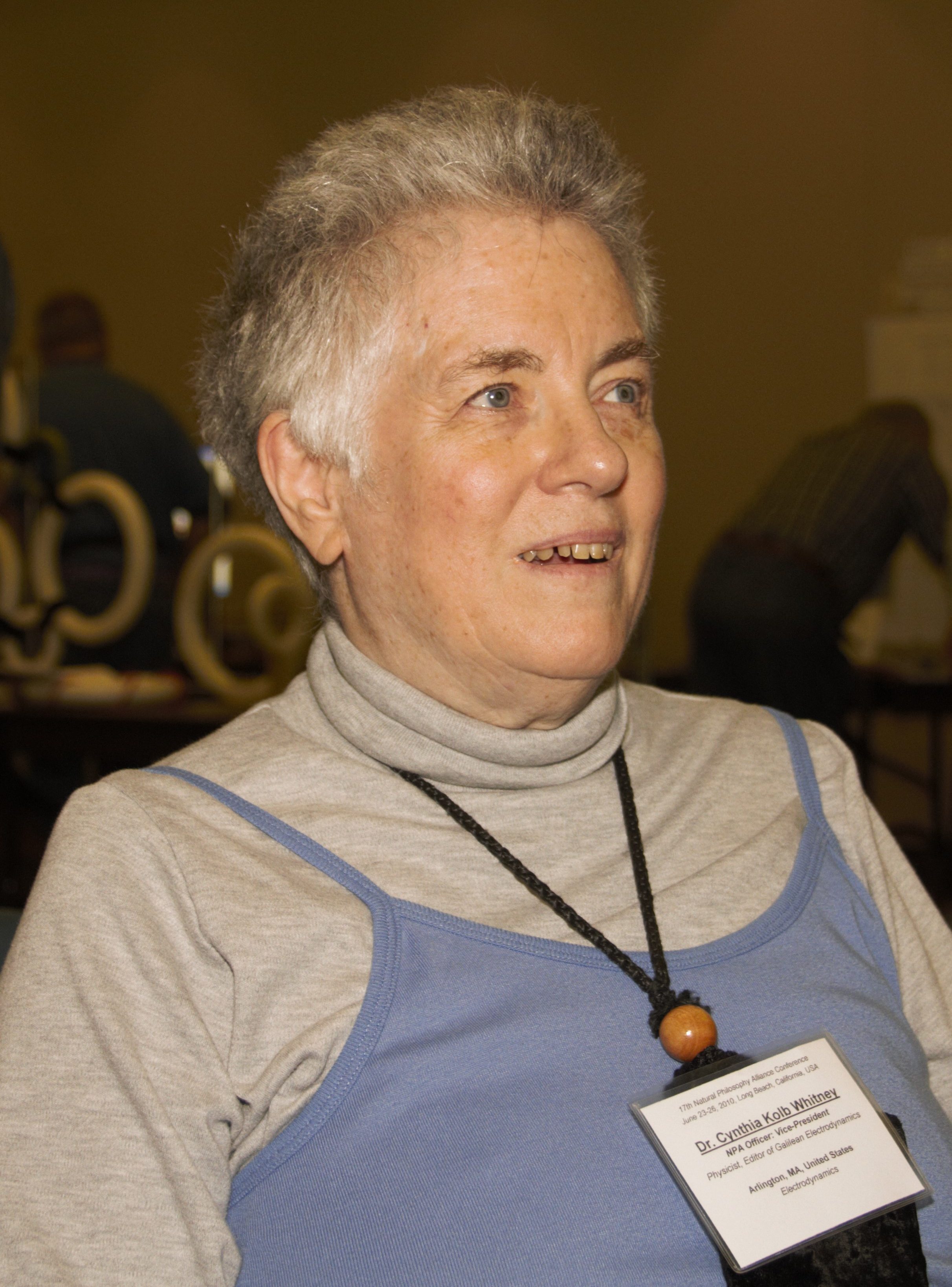Some of us NPA and CNPS old-timers recently got together at the Whitney house and shared some little edibles and some big stories concerning how we got to where we are today intellectually; i.e., a bit dissident with respect to mainstream Physics; in particular, with respect to Special Relativity Theory (SRT). This is my personal story…
Something extremely fateful happened in 1957: the Russians launched their Sputnik satellite. I was in high school, planning to grow up to be an artist, but also enjoying everything else that high school had to offer. One of the other things was Physics. The nation had somewhat anticipated some such challenge from Russia, and had created the Physical Sciences Study Committee, so our school already had wonderful teachers and courses and other opportunities for potential scientists.

After Sputnik, I decided to try for Physics at MIT. At the time, that was crazy. But I applied, and I got an early acceptance, so I went there in 1959. There were 19 or 20 women in my entering class of a little over 900.People did come and go all the time, but I didn’t go away. Ever. Something else fateful had happened in 1959: that handsome senior named Dan Whitney had gotten behind me in the checkout line at the MIT bookstore.
By late 1967, I had an SB in Physics, SM in EE, and PhD in Mathematical Physics, plus my wonderful husband, and our first baby, David. It was time to get a real job. But most places really did discriminate against women, especially mothers. MIT Draper Laboratory didn’t discriminate so much, so I tried out there. The interviewer presented a ring laser gyroscope (a technology based on the Sagnac effect), described the occasional operational problems that it presented, and asked me what I thought. I had done my PhD thesis in SRT, and I thought SRT could surely reveal something about the ring laser gyroscope’s problems. So Draper Lab asked me to give it a try.
Now the fact is this: The Sagnac effect is fatal to SRT as presently practiced. Draper people already knew that, and I soon knew it too. And that is how I became a Dissident Physicist.
Here is a short list of things that I think are wrong with SRT as presently practiced:
- We all learned in high-school geometry that it is appropriate to list all assumptions fully, up front, as Postulates. Did Einstein really do that? Not exactly. With his Second Postulate, he allowed that the speed of light is c relative to all inertial observers. But he didn’t make clear that he was assuming that condition over the entire propagation path, all the way back from the observer to the source. I think we should acknowledge fully this truly bold assumption. It is so bold that it amounts to over-constraint, and that is what causes Conflicts and Paradoxes!
- We all learned in college math that there is a reliable routine for using differential equations, their families of ‘eigen’ solutions, and our particular boundary conditions. Did Einstein really apply any of that? Not really. The light propagation problem has two boundaries: the source and the observer. Einstein used only the observer. Later on, Ritz used only the source, and that clearly didn’t work correctly for stellar aberration. So the world settled on the Einstein choice, and his resulting SRT. Nobody, it seems, has yet used both boundaries. I think we should use both boundaries. How about a simple straight-line transition of light-speed reference from the source to the observer?
- We all learned in professional life that every kind of control system has one or more feedback loops. The control system collects whatever data it can get, and updates whatever commands it can give, in order to better adhere to some desired objective. Did Einstein ever do anything like that? No. Not at all. He did SRT one week, and he introduced the photon for Quantum Mechanics (QM) a different week, and, so far as I know, never issued updates for SRT based on his photon. I think his ‘friends’ advised against any updates on anything ever, since making any update might seem like acknowledging an earlier weakness.
But I think making updates actually displays strength, and so we ought to pursue them. They are at the heart of modern Philosophy of Science. That discipline teaches us that Science frozen is not Science at all; it is just dogma. Science is supposed to allow review, admit deficiencies, acknowledge occasional crises, and welcome proposed upgrades for further testing, preferably by real physical experiments, although testing for logical consistency isn’t a bad idea either.
Consider the modern computer software industry: there are user reports, developer responses, and software updates all the time! I think the Physics enterprise needs to become more like the Software enterprise!
For SRT version 2.0, we can keep the letters, but attach different words to them. How about S for ‘standard’, and R for ‘reality’ (as opposed to ‘relativity’)? As for GRT, how about taking the G to mean ‘gravitational’?
GRT is, I think, in better standing than SRT currently is. From the get-go, GRT has had tensor math, which is more detailed and careful than the math that Einstein knew when he created SRT. Tensor math has ‘covariant’ things vs. ‘contra-variant’ things. The analogs in natural language are ‘inverse’ things vs. ‘reverse’ things. ‘Inverse’ and ‘reverse’ are not the same words. Such a distinction does not exist in SRT as originally conceived, and its absence leaves SRT muddled up.
Here is an an example: What do we mean by the word-string ‘speed of light’? Maybe we mean the so-called ‘group speed’? But think about Maxwell’s equations: If you start with a tight little pulse of E aand B fields, and let Maxwell’s equations work on it, the field pattern will evolve into an ever-extending wavelet. It doesn’t really have a well-defined ‘position’, so it doesn’t have an easily definable speed. So maybe we mean the so-called ‘phase speed’. But think about the word ‘phase’: absolute phase is not measurable; only relative phase can ever be measured. That means two light beams. Then we’ve got at least two photons. Photons are characters from quantum statistical mechanics, and they are fundamentally indistinguishable. We cannot track individual photons. We can only do quantum statistical mechanics. So what are we talking about when we say ‘speed of light’?
What would happen if we would update SRT to acknowledge two boundaries, as suggested above? Here are some example results:
- There need be no conflicts, i.e. Paradoxes. When you don’t over-constrain your Problem Statement, you don’t create any Paradoxes.
- There is nothing actually wrong with Galilean transformations, so long as you use them only for things like coordinates (call such things ‘co-variant’). But then for things like differential operators (call those ‘contra-variant’), you need to re-normalize the Galilean transformation with a squared gamma factor. That’s a novel situation, but really no big problem to deal with.
- There is no actual limit on particle speeds, What exists instead is a visibility limit: if a source and a receiver are in mutual retreat at total relative speed in excess of 2c, then signal contact and reception cannot be achieved.
Post script: My PhD thesis supervisor, Laszlo Tisza, remained a lifelong friend. He had known that physics was beset with many problems, but he had thought that SRT, at least, was a safe area when he set me onto it. He wasn’t very surprised when I later became a dissident about SRT. He lived to be 102, and never ceased to have an open and expanding mind.
CKW
![]()


